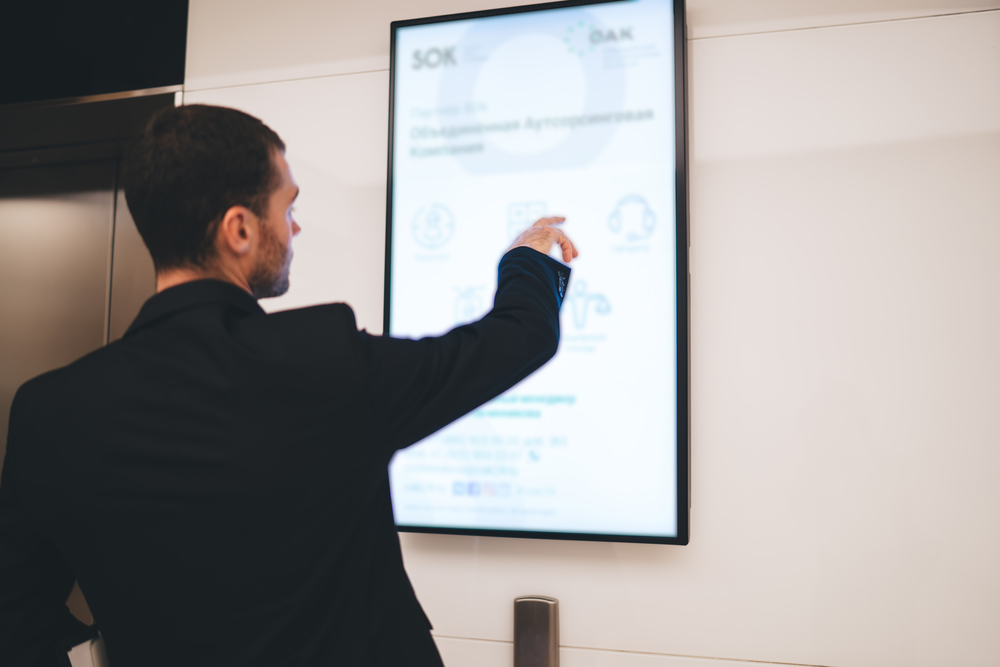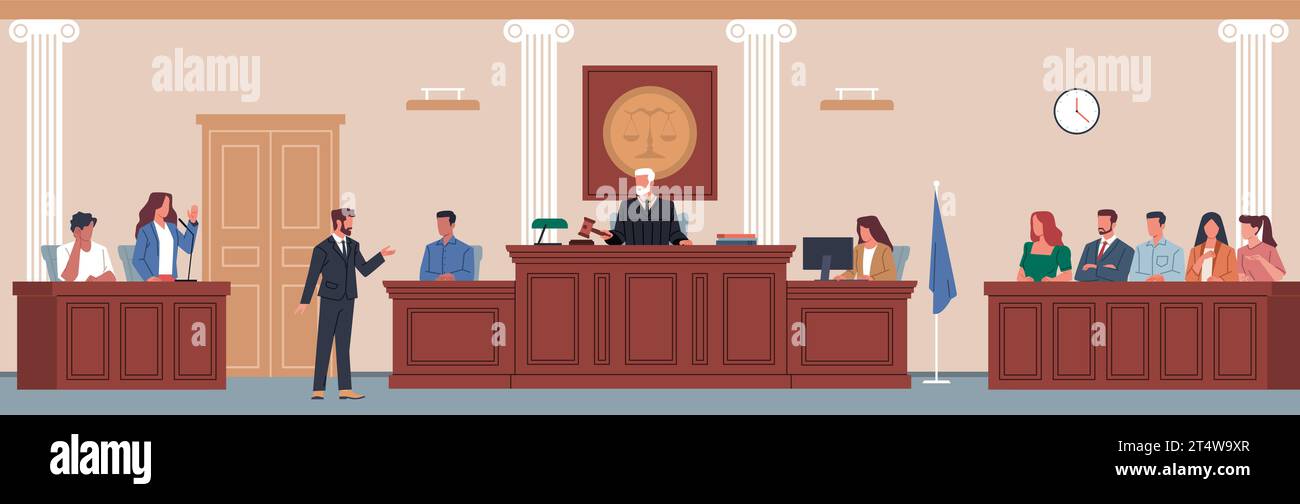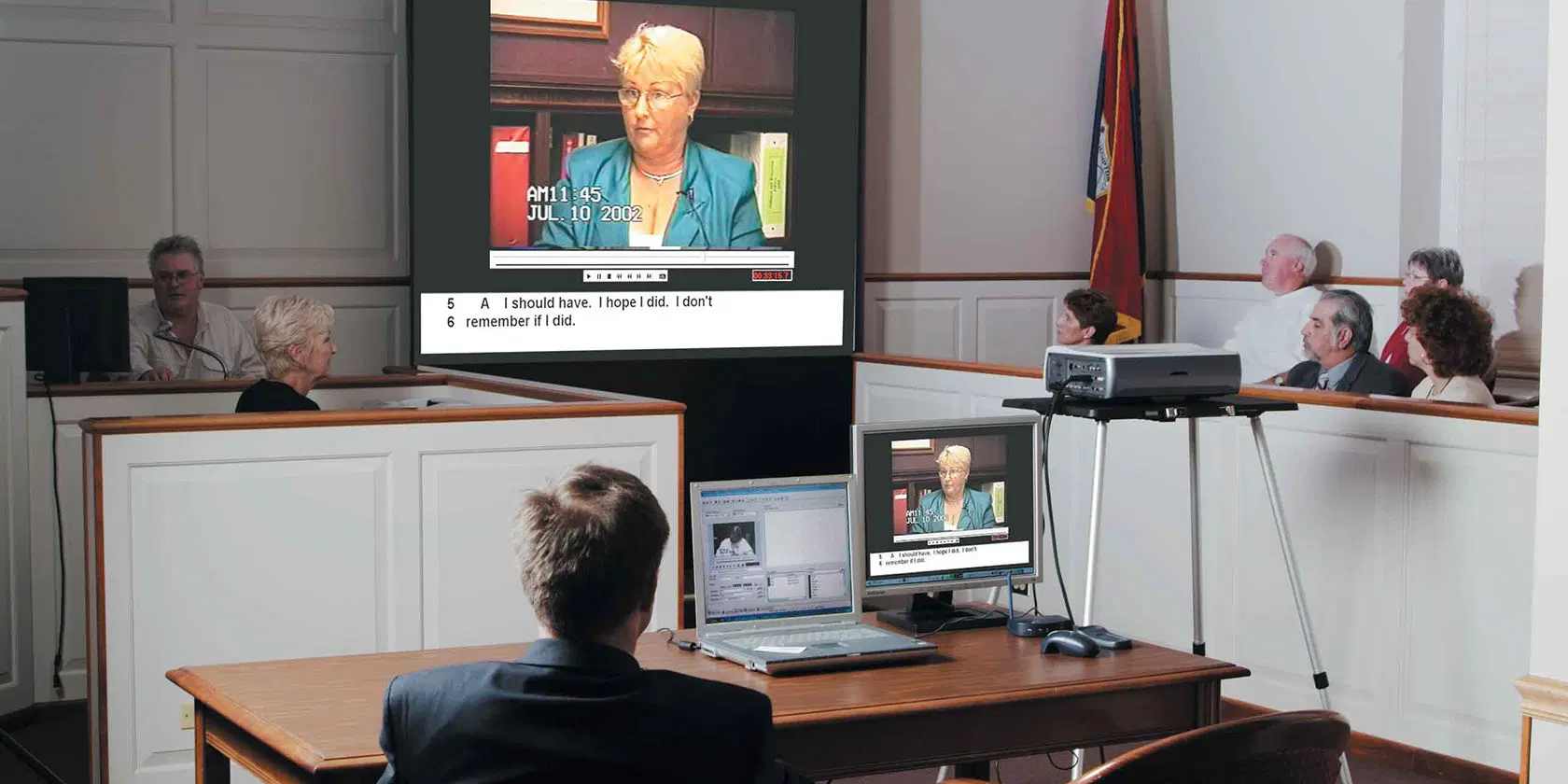Trial lawyers use custom trial presentations that leave an impact.
Trial lawyers use custom trial presentations that leave an impact.
Blog Article
Exactly How Test Presentations Enhance Your Debate and Encourage Jurors
Trial presentations serve as a critical device for improving lawful arguments and encouraging jurors. By integrating aesthetic aids, narrative structures, and emotional engagement, lawyers can develop a compelling situation that reverberates on numerous levels. The strategic usage of visuals not just makes clear complicated info however additionally captures jurors' attention better than words alone. However, the art of storytelling plays a just as critical role in transforming accurate evidence into an engaging story, forming jurors' perceptions - trial presentations. Understanding these aspects can significantly affect trial results, raising the inquiry of how each element adds to this detailed dynamic.

Importance of Aesthetic Help
Visual help play an essential function in improving the effectiveness of trial presentations, as they can dramatically boost audience engagement and retention of info. In the context of a test, where jurors are tasked with handling complicated details, aesthetic help serve to simplify and clarify bottom lines. Charts, graphs, and images can communicate data and principles that may otherwise bewilder or perplex jurors, permitting for an extra simple understanding of the proof presented.
Moreover, aesthetic aids help in keeping juror interest throughout the process. By breaking the uniformity of verbal testimony, these devices can punctuate vital disagreements, making them extra memorable. Effective visual aids can additionally evoke emotional responses, which can be essential in convincing jurors to align with the speaker's story.

Crafting Compelling Narratives
An engaging story is necessary in trial discussions, as it acts as the backbone of efficient persuasion. It permits attorneys to weave together facts, proof, and psychological components into a systematic story that resonates with jurors. This narrative structure allows jurors to comprehend the complexities of the case while leading them with the lawyer's debate.
To craft an engaging story, attorneys must concentrate on clearness and coherence. Additionally, the use of vibrant summaries can develop mental photos that aid jurors picture the occasions, making the story extra memorable.
Moreover, integrating vital styles throughout the discussion strengthens the core message and aids in retention - trial presentations. The story should not only share details yet likewise evoke a sense of justice, highlighting the stakes involved. Eventually, a well-constructed narrative fosters a connection in between the jurors and the situation, positioning the attorney's argument as both legitimate and engaging, consequently boosting the likelihood of a desirable verdict

Engaging the Jury Psychologically
Reliable court involvement rests on the attorney's capability to link with jurors on an emotional degree. This link can dramatically affect jurors' assumptions and their best decision-making. Using psychological appeals allows lawyers to humanize the instance, changing abstract legal ideas into relatable experiences. By presenting real-life tales or testimonies, attorneys can stimulate empathy and concern, cultivating a deeper understanding of the problems at risk.
Visual aids, such as pictures or videos, can further enhance emotional engagement, providing jurors with vivid representations of the case's human aspects. Crafting a narrative that highlights the struggles and accomplishments of the people included guarantees that jurors see past the legal debates and identify the human consequences of their decisions.
Additionally, tone and body language play a vital function read review in communicating feeling. An attorney's passionate delivery can reverberate with jurors, reinforcing their psychological financial investment in the event. It's necessary to balance psychological allures with accurate evidence, ensuring that jurors really feel compelled to act while staying based in the truth. Ultimately, a psychologically involved court is more probable to be persuaded, making psychological connection a vital element of reliable test discussions.
Structuring Your Presentation

The body of the presentation need to be logically segmented right into key points, each supported by engaging evidence. It is valuable to make use of storytelling strategies to weave facts right into a narrative that jurors can quickly comply with. Visual help, such as charts news and video clips, can improve comprehension and engagement, helping to highlight vital items of evidence.
Real-World Study
Taking a look at real-world situation researches gives invaluable understandings right into the art of test presentations and persuasion. The defense team efficiently utilized a method that incorporated top-level specialist statements with multimedia presentations, which captivated jurors and eventually influenced their decision.
An additional noteworthy instance is the "McDonald's Coffee Instance," where the plaintiff's lawyers utilized visuals photos of the injuries sustained by Stella Liebeck. trial presentations. This plain visual proof played an important duty in sharing the intensity of her burns, causing a considerable court award. Such situations demonstrate that impactful test discussions commonly depend upon the efficient integration of visuals and storytelling to stimulate psychological feedbacks from jurors
In addition, the "Casey Anthony Trial" highlighted the relevance of narrative coherence and credibility. The prosecution's failure to establish an engaging timeline decreased their convincing power, emphasizing the necessity of a well-structured discussion. Analyzing these situations reveals that effective trial presentations call for critical preparation, emotional involvement, and the capability to resonate with jurors' values and beliefs.
Final Thought
Test discussions substantially enhance debates and persuade jurors via the tactical usage of visual aids, compelling stories, this hyperlink and psychological engagement. A well-structured discussion equilibriums emotional allures with factual proof, eventually resonating with jurors' worths.
Report this page